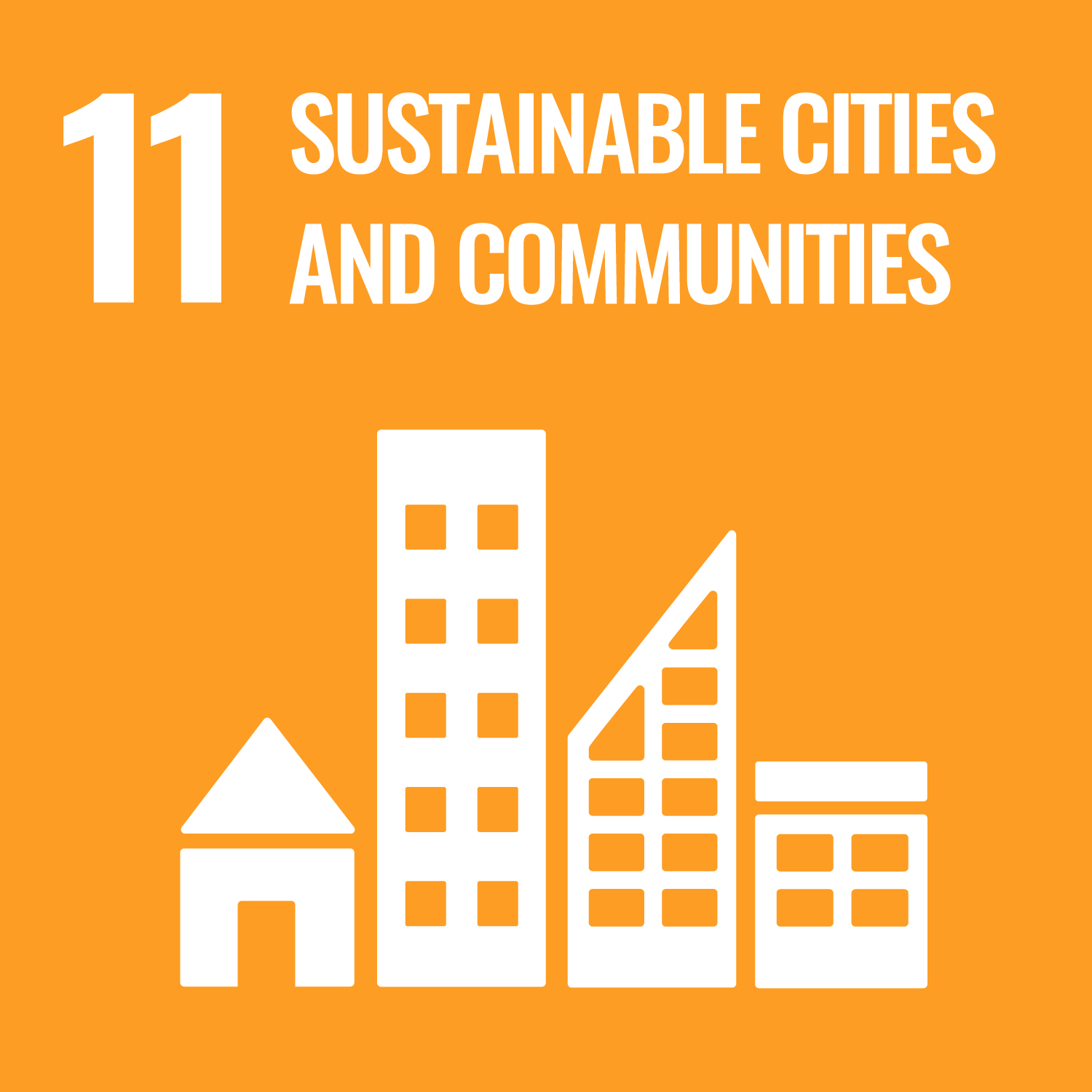The most important thing in designing a building structure is to ensure safety. It is necessary to confirm that the members
such as columns and beams constituting the framework of the building undergo large stress and destruction does not occur against
external forces such as earthquake load and live load. At the same time, the deformation of the members and the entire frame
must be within an allowable range from the viewpoint of usability of the building.
In this lesson, we explain how the stress such as pillars and beams composing the framework are resisted and transmitted in the cross section when subjected to stress.
In addition, analysis methods of strength and deformation of members will be described.
Furthermore, the members are composed of materials (steel, concrete, wood, etc.) having various shapes and mechanical properties, and quantitative grasp of strength and deformation of members in such cases will also be explained.
In this lesson, we explain how the stress such as pillars and beams composing the framework are resisted and transmitted in the cross section when subjected to stress.
In addition, analysis methods of strength and deformation of members will be described.
Furthermore, the members are composed of materials (steel, concrete, wood, etc.) having various shapes and mechanical properties, and quantitative grasp of strength and deformation of members in such cases will also be explained.
Material mechanics is an academic field that covers an important field of basic theory of dynamical engineering that covers
up to the design of structures in the field of construction.
You can acquire the necessary knowledge to make structures securely and economically using safe and economical materials.
You can acquire the necessary knowledge to make structures securely and economically using safe and economical materials.
| Goals and objectives | Course Outcomes | |
|---|---|---|
| 1. | In the case where the member undergoes various kinds of stresses, it is possible to learn how to analyze how these stresses resist in the cross section and whether the stress causes deformation by these stresses.(Lesson plans from 1 to 7) |
3.
|
| 2. | The stress caused by the geometrical shape and size of the member can be obtained.(Lesson plans from 8 to 11) |
3.
|
| 3. | Understanding the buckling phenomenon caused by the geometrical shape and size of the member, it is possible to obtain the buckling load.(Lesson plans from 12 to 14) |
3.
|
| 4. |
| Class schedule | HW assignments (Including preparation and review of the class.) | Amount of Time Required | |
|---|---|---|---|
| 1. | strain and stress within the member cross section(Explanation of lecture purpose) ・the relation between stran and stress within the member cross section ・the relation between the member strength and the material strengh |
Looking through the syllabus | 90分 |
| 2. | Strain and stress within the member cross section | Prepare text book p1-p16 | 90分 |
| 3. | Tension, compression and shear stress and tension, compression and shear strain in statically determinate structure | Prepare text book p17-p26 | 90分 |
| 4. | Tension, compression and shear stress and tension, compression and shear strain in statically indeterminate structure | Prepare text book p27-p36 | 90分 |
| 5. | Moment of inertia of area | Prepare text book p36-p47 | 90分 |
| 6. | Bending moment | Prepare text book p72-p75 | 90分 |
| 7. | Complex problems on beam | Prepare text book p72-p75 | 90分 |
| 8. | Perform an intermediate test | Prepare text book p1-p75 | 90分 |
| 9. | Shear stress under bending | Prepare text book p76−p80 | 90分 |
| 10. | Complicated stresses(plane stress) | Prepare text book p105−p109 | 90分 |
| 11. | Complicated stresses(Mohr's stress circle) | Prepare text bookp131−p135 | 90分 |
| 12. | Buckling of column(core of cross section) | Prepare text bookp119−p129 | 90分 |
| 13. | Buckling of column(Euler's equation) | Prepare text bookp119−p129 | 90分 |
| 14. | Perform final exams and commentary | Review of the testexcerices | 90分 |
| Total. | - | - | 1260分 |
| exercies | intermediate test | final examination | Total. | |
|---|---|---|---|---|
| 1. | 10% | 10% | ||
| 2. | 45% | 45% | ||
| 3. | 45% | 45% | ||
| Total. | 10% | 45% | 45% | - |
Students will be evaluated based on exercises during the lecture (also ten times) and a term-intermediate and a term-end tests
related to the lesson plan.
Exercises during the lecture (out of 100 points), term-intermediate test (out of 100 ) and term-end test(out of 100) for a total possible score of 300 points. A grade of 60% or higher will be required to pass.
Exercises during the lecture (out of 100 points), term-intermediate test (out of 100 ) and term-end test(out of 100) for a total possible score of 300 points. A grade of 60% or higher will be required to pass.
Understandable building Structural mechanics ; MORIKITA publishing
- Course that cultivates an ability for utilizing knowledge
- Course that cultivates a basic self-management skills
- Course that cultivates a basic problem-solving skills
| Work experience | Work experience and relevance to the course content if applicable |
|---|---|
| N/A | N/A |



- 9.INDUSTRY, INNOVATION AND INFRASTRUCTURE
- 11.SUSTAINABLE CITIES AND COMMUNITIES
- 12.RESPONSIBLE CONSUMPTION & PRODUCTION
Last modified : Sun Mar 21 17:44:53 JST 2021
